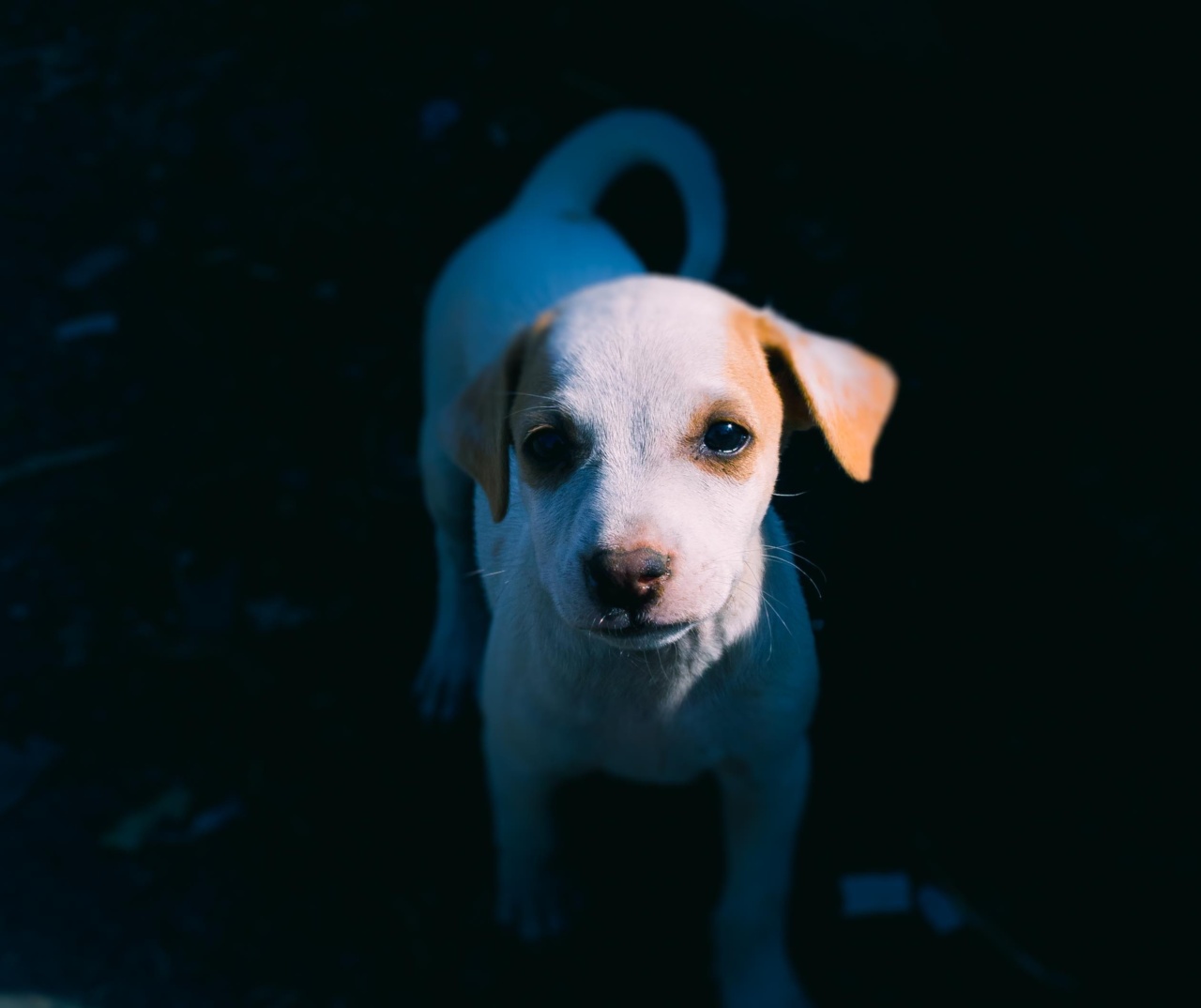Small dogs can be a wonderful addition to your family. They are cute, playful, and loving, but they can also have unique personalities that some people find challenging to manage.
In this article, we will explore the truth behind small dog personalities, and how you can better understand and work with your furry friend.
Personality Types of Small Dogs
Small dogs come in all different breeds, personalities, and sizes. However, there are some general personality types that small dogs can fit into:.
1. Lap Dogs
Lap dogs are small pups that love to curl up in your lap for a good cuddle. They are typically laid-back and easy-going, making them great pets for families who want a calm and gentle pet.
2. Terriers
Terriers are full of energy and spunk. They can be mischievous and stubborn, but they are also loyal and make great watchdogs. They need a lot of exercise and mental stimulation to keep them happy and healthy.
3. Toy Breeds
Toy breeds are small in size, but big on personality. They are often feisty and sassy, but they can also be loving and affectionate. They are a popular choice for those who live in apartments or small homes.
4. Companion Dogs
Companion dogs are small breeds that have been specifically bred to be a companion to their owners. They are friendly, affectionate, and tend to be low-maintenance. They make great pets for those who are looking for a loyal and affectionate companion.
Understanding Small Dog Behavior
Small dogs may have different personalities than larger breeds, but they are still dogs and have the same basic behavior patterns. Understanding how your small dog behaves can help you better train and communicate with them.
1. Barking
Small dogs are notorious for their barking. They may bark excessively because they are anxious, afraid, bored, or want attention. Training your small dog to bark on command and rewarding them for being quiet can help curb excessive barking.
2. Separation Anxiety
Small dogs may be more prone to separation anxiety than larger dogs. They may become destructive, vocal, or exhibit other behaviors when left alone.
Training your small dog to be comfortable being alone and providing them with toys and a safe space can help alleviate separation anxiety.
3. Housebreaking
Small dogs may be more difficult to housebreak than larger dogs. They have smaller bladders and need to go more frequently. Consistent training and frequent potty breaks can help your small dog understand where they should go to the bathroom.
4. Socialization
Small dogs may be more prone to aggression towards other dogs and humans. Proper socialization from a young age can help your small dog feel comfortable around other dogs and people, and prevent aggressive behaviors.
Tips for Working with Your Small Dog’s Personality
Working with your small dog’s personality can help you create a healthy and happy relationship with your pet. Here are some tips for working with your small dog’s personality:.
1. Be Patient
Small dogs may take longer to train and have more difficult personalities than larger breeds. It’s important to be patient and consistent with your training to help your small dog understand what is expected of them.
2. Exercise and Mental Stimulation
Small dogs need plenty of exercise and mental stimulation to keep them happy and healthy. Daily walks, playtime, and puzzle toys can help keep your small dog entertained and mentally stimulated.
3. Training and Socialization
Proper training and socialization from a young age can help prevent behavioral issues in your small dog. Enrolling in obedience classes and socializing your small dog with other dogs and people can help them feel comfortable in new environments.
4. Positive Reinforcement
Positive reinforcement is a great way to train your small dog. Rewarding your pet for good behavior can help encourage them to repeat that behavior in the future.
Conclusion
Small dogs have unique personalities that can be challenging for some owners.
Understanding your small dog’s personality type, behavior patterns, and working with their personality can help you create a healthy and happy relationship with your furry friend. With patience, consistency, and plenty of love, your small dog can be a loyal and loving companion for many years to come.






























